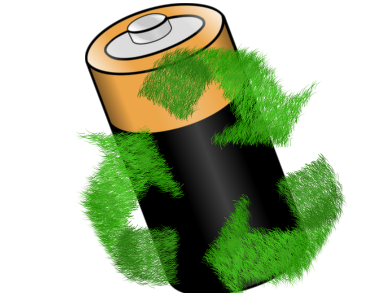Applications of lithium-ion batteries (LIBs) are growing. Therefore, their efficient and green recycling is of great interest. Zheng Chen, University of California San Diego, La Jolla, USA, and colleagues have developed a non-destructive method to regenerate cathode materials by hydrothermal treatment of cycled electrode particles followed by short annealing: Degraded cathode particles from a used battery were pressurized in a hot alkaline solution with lithium salt, then annealed at 800 °C, cooled, and used in new lithium-ion batteries.
According to the team, storage capacity, charging time, and battery lifetime were restored to their original levels. The regenerated LiCoO2 particles show much better rate capability than particles regenerated through the solid-state synthesis approach. The process uses 5.9 MJ to restore 1 kg of the cathode material. This is less than half the amount used by other cathode recycling techniques. Conventional chemical leaching or solid-state synthesis require either complicated steps of leaching, precipitation, and waste treatment or rely on the chemical analysis of the Li/Co ratio from cell to cell.
According to the researchers, their environmentally friendly, simple approach can be widely used to recycle and regenerate LiCoO2 cathodes on a large scale, and it can be potentially applied to other types of cathode materials in LIBs and mixed cathode chemistry.
- Effective regeneration of LiCoO2 from spent lithium-ion batteries: a direct approach towards high-performance active particles,
Yang Shi, Gen Chen, Zheng Chen,
Green Chem. 2018.
https://doi.org/10.1039/C7GC02831H



